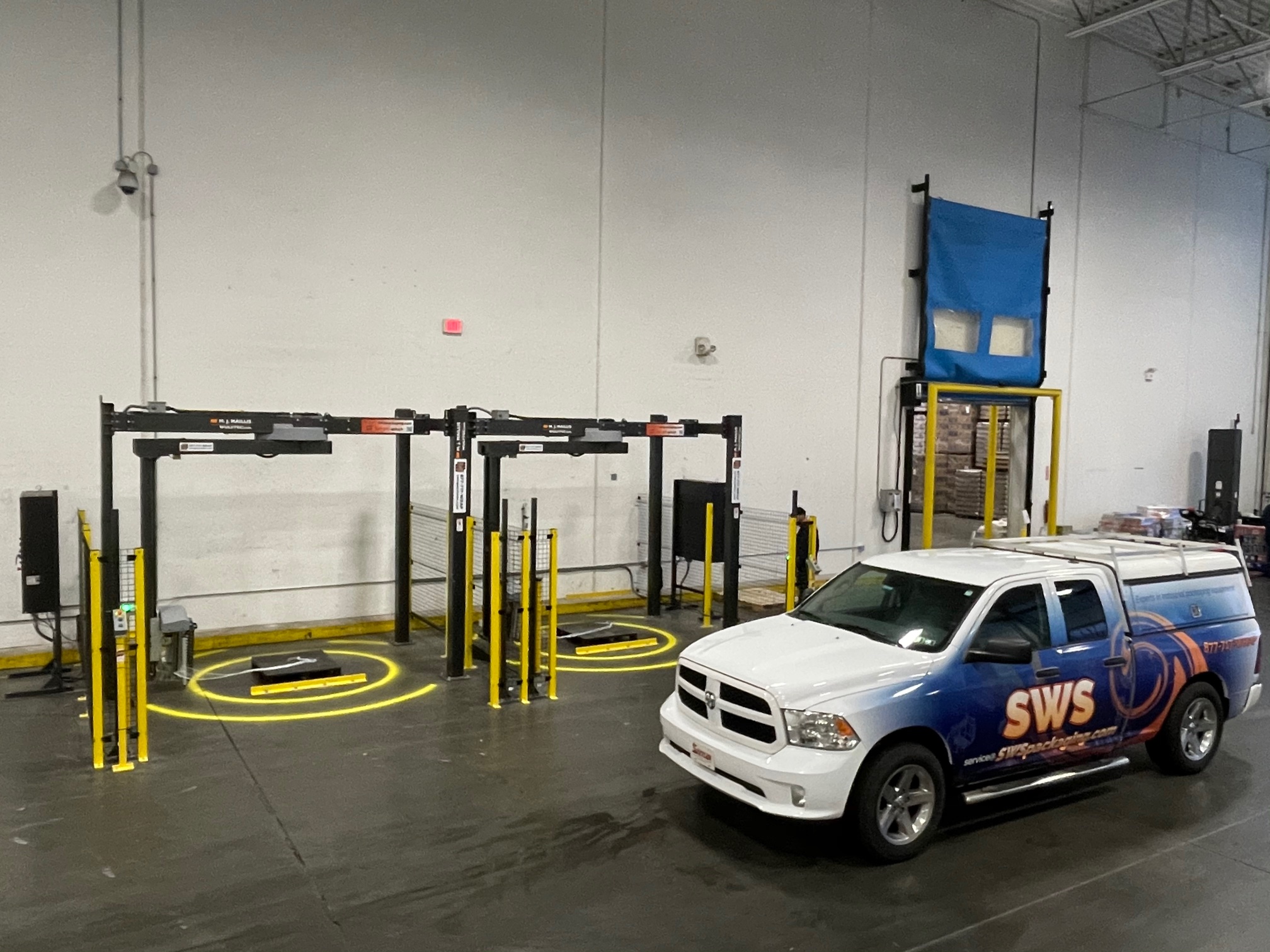Shrink film is a type of plastic film that is commonly used to wrap and protect products during storage, shipping, and retail display. It is made using a process called extrusion, in which melted plastic is forced through a die to create a continuous sheet of film. The film is then cooled and wound onto a roll for later use.
The extrusion process begins with the selection of the appropriate resin, which can vary depending on the desired properties of the final film. Common resins used in shrink film include polyethylene (PE), polypropylene (PP), and polyvinyl chloride (PVC). These resins can be blended with other materials, such as additives, to achieve specific properties such as clarity, strength, and UV resistance.
Once the resin is selected, it is fed into an extruder, which is essentially a large screw that melts and compresses the resin as it moves through the machine. The melted plastic is forced through a die, which shapes the plastic into a thin, continuous sheet. This sheet is then cooled using air or water, and wound onto a roll for later use.
Shrink film is available in a variety of thicknesses, widths, and lengths to suit the needs of different products. It can be clear or opaque, and can be printed with logos, branding, or product information. Shrink film can also be perforated or slit to make it easier to tear or open.
Shrink film has a wide range of applications in various industries, including food and beverage, pharmaceuticals, electronics, and consumer goods. In the food industry, shrink film is used to wrap and protect fresh produce, meat, and cheese, as well as to create tamper-evident seals on food packaging. Shrink film is also used to package pharmaceuticals, electronics, and other sensitive products, as it provides protection against moisture, dust, and other contaminants.
One of the key benefits of using shrink film is its ability to tightly conform to the shape of the product, creating a secure, protective barrier. This helps to prevent damage during shipping and handling, as well as to maintain the quality and freshness of the product. Shrink film also provides a professional, high-quality appearance to products, which can help to improve the customer experience and increase sales.
Another benefit of using shrink film is its versatility. Shrink film can be used to package products of all shapes and sizes, from small, irregularly shaped items to large, bulky products. It can also be used to create multipacks, where multiple products are bundled together and shrink wrapped for retail display. This can help to increase efficiency and reduce labor costs, as well as to improve the shopping experience for customers.
Shrink wrapping systems are available in a variety of formats, from manual machines to fully automated systems. Manual machines are typically used for small-scale operations, where a few products need to be shrink wrapped at a time. These machines are simple to use and require minimal training, making them a popular choice for small businesses and start-ups.
For larger-scale operations, automated shrink wrapping systems are typically used. These systems can handle high volumes of products, and can be customized to meet the specific needs of the business. They are also faster and more efficient than manual machines, which can help to increase productivity and reduce labor costs.
In addition to improving efficiency and productivity, using shrink wrapping systems can also help businesses to improve the customer experience. Shrink wrapped products are more secure and protected during shipping and handling, which can help to reduce the risk of damage or spoilage. This can lead to happier customers, as they are more likely to receive high-quality, undamaged products.









